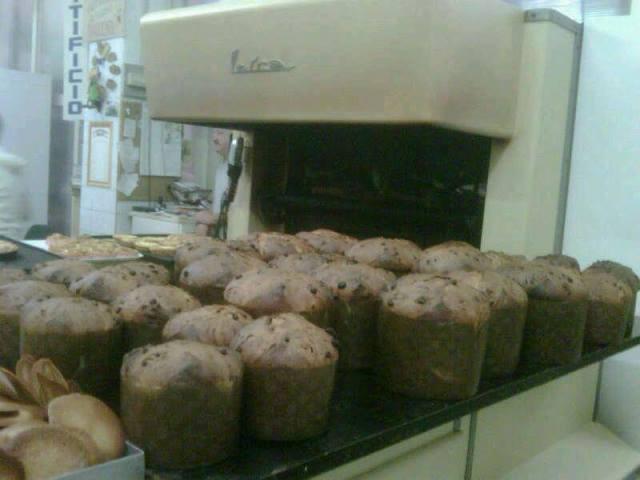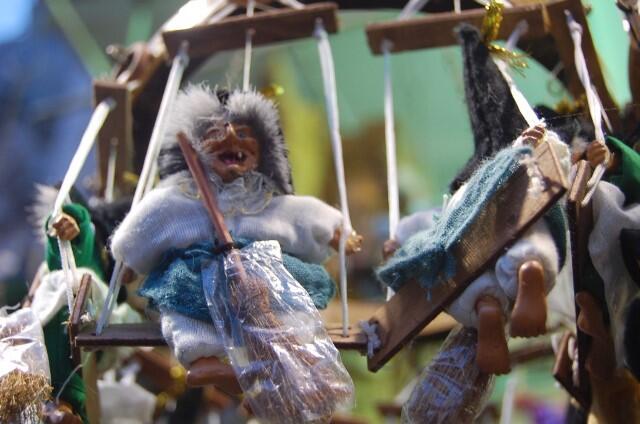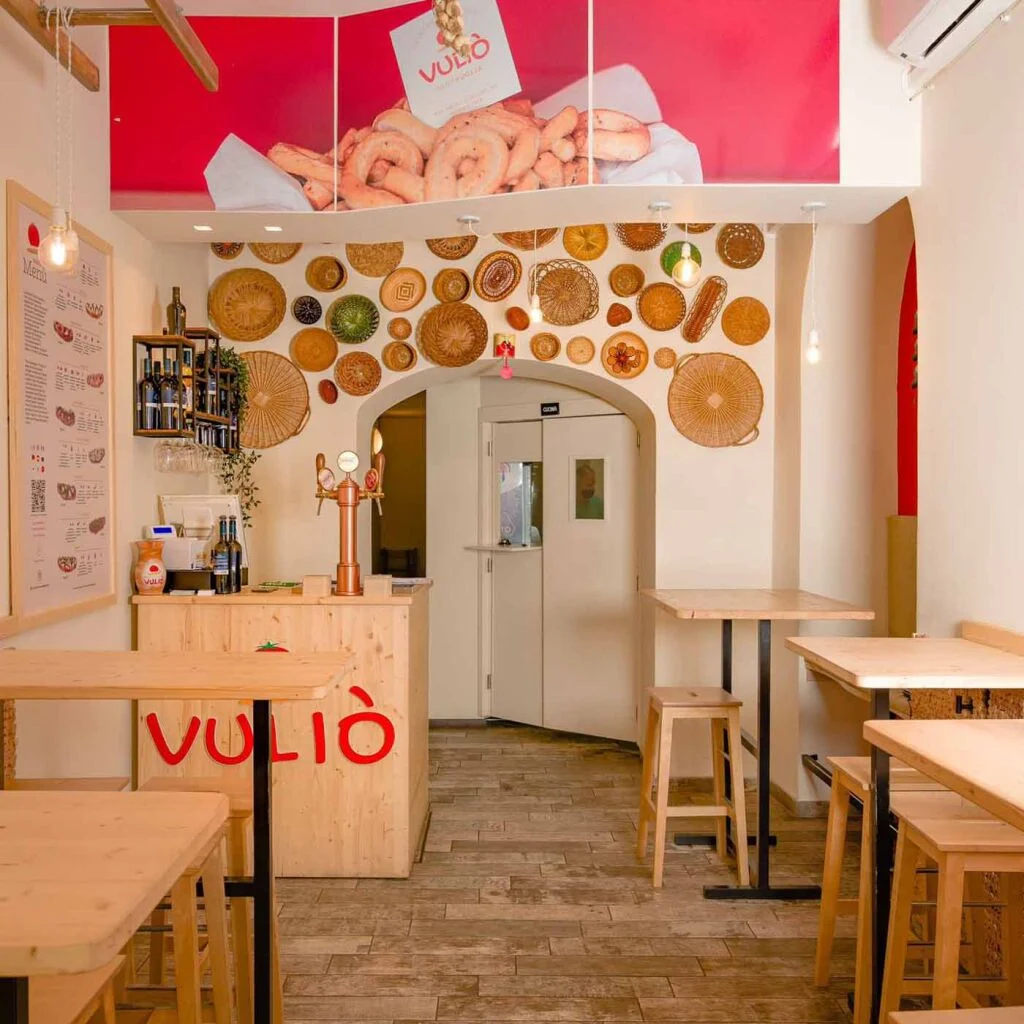There are many ways to get into the Christmas spirit if you’re visiting Italy during the holidays. For the whole month of December you’ll find food shops stocked with seasonal goodies. Trying these special Italian foods is one of the best ways to celebrate like an Italian, and they make good gifts for those back home. But if you’re lucky enough to be in Italy during an actual day of making merry, then you’re even luckier as you’ll be able to join in on the celebrations!

What to eat for Christmas in Italy?
All through Italy, supermarket aisles and cafe windows fill with sweets and cakes in brightly colored packages. The most well-known of these is panettone, which literally means “big bread.” And it is big and un-shapely, looking and tasting more like a cake than bread. And while you can buy panettone in the supermarket, the best ones come from bakeries. In Rome, get a fresh loaf at Biscottificio Innocenti (Via della Luce, 21). Or, if you’re in Milan, where the panettone originated from, it is taken to a higher level of tastiness: you can find them covered in chocolate or dotted with candied fruits. Pick one up at the Nuova Brianza (Viale Brianza, 14) to see what we’re talking about.

Another traditional sweet is torrone, a sticky nougat made of honey, sugar and toasted hazelnuts. It can be hard or soft and comes in several shapes and forms throughout Italy north and south. The best torrone is said to come from Benevento in the Campania region, so it’s there you’ll want to head to try the best. Another sweet is panpepato, which is a dense cake made up of nuts and spices such as pepper. It’s certainly a strong and acquired flavor! If you want to try some, head to Terni in Umbria as that’s where the cake is said to come from.
But Italians don’t only eat sweets over Christmas. The biggest meal is served on Christmas Eve (la vigilia) and usually involves a course—or more!—of fish. Whether you are in the north or the south will dictate which fish dish is the most traditional. If you will be in Naples, then a traditional Christmas Eve dinner can involve a menu with pasta and clams followed by eel.
What to see and do?
The Christmas lights are strung throughout Italian streets in the days before and after December 8, the Feast of the Immaculate Conception. Christmas trees are erected in the big piazzas and Christmas markets begin to take place. A very secure Italian tradition is the nativity scene, which is often arranged in many churches throughout cities big and small. Sometimes these scenes are “live” and played out with real actors in the days immediately before Christmas, though most times nativities are made with figurines. One of the biggest can be seen in the Piazza San Pietro each year. But if you’re headed south, keep your eye out for more quaint and charming nativities.
Christmas Eve is when everyone goes to see their families and eat a big Christmas dinner. The streets become quiet as it gets dark and everyone settles into their meal. Church bells peel throughout Italy at midnight, calling the people to church. The largest midnight mass takes place at St. Peter’s, for which you must get a ticket months in advance, though you can join in Piazza San Pietro or any neighborhood church. Christmas Day, on the other hand, is usually lively as families take walks in their fine dress around their towns and cities to break up the day of eating.
Anything else to celebrate?
After New Year’s Day, the holiday season in Italy still has one more festivity to go: the Epiphany on January 6 is celebrated as Befana. The story behind the holiday goes that on the eve of January 5, the witch Befana flies on her broomstick and dives down chimneys to deliver gifts to good children, much like Santa Claus. She stuffs her presents into socks hanging from the mantel if you’ve been good and coal if you’ve been bad. If you’re in Rome, head to the market in Piazza Navona where you can get your own Befana tree decoration and maybe a glimpse of the ugly lady herself. In many other towns throughout Italy, Befana comes out to the main piazza to greet children.











